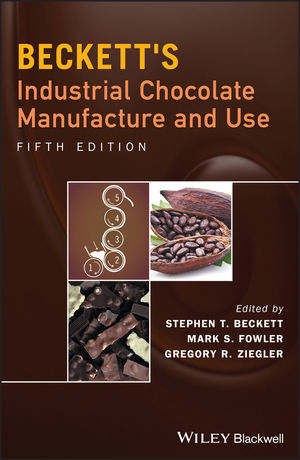EUDR delay set to bring changes to cocoa industry
An est. 60–70% of global cocoa production crosses EU customs borders.

Courtesy of Pexels / Delphine Hourlay
The EU Deforestation Regulation (EUDR) is set to bring major changes to the cocoa industry, but the 12-month delay has left many with significant financial losses.
To comply with new regulations, many companies purchased compliant raw materials at a premium with the intent of raising prices for consumers. Now, with regulation delayed, consumers are unwilling to pay inflated prices for cocoa and corporations are being forced to absorb the premium costs.
Candy Industry Senior Editor Liz Parker Kuhn recently connected with Steve Wateridge, head of research at Expana, who spoke to us about the greater implications on the cocoa market due to the EUDR delay.
Liz Parker Kuhn: What is the EU Deforestation Regulation, and how will it bring changes to the cocoa industry?
Steve Wateridge: The European Union is a major consumer of commodities that are closely associated with deforestation, leading the European Commission to establish new regulations to minimize forest degradation. For cocoa specifically, the EUDR will affect the industry through trade flows, compliance capability, and ICE (intercontinental exchange) deliverability.
Implications for each commodity depend on trade flows to the EU. With cocoa, it’s estimated that 60–70% of global cocoa production crosses EU customs borders. This means that non-compliant cocoa will have to find a new home in the remaining share of the market (30%)—creating the potential for a two-tiered market of compliant versus non-compliant cocoa.
In terms of compliance capability, cocoa has a higher level of data collection and traceability than other commodities, however, current processes still fall short of EUDR standards. The new regulation requires direct traceability to specific farm plots with liability on the operator to ensure proper EUDR data measuring tools.
Lastly, ICE deliverability and the EUDR present challenges as they relate to the timing and physical delivery of cocoa. This issue remains under review with the European Commission and the member states who are tasked with enforcing the EUDR regulations.
LPK: Why has there been a 12-month delay so far?
SW: The 12-month delay applies to all seven commodities covered including cocoa. Although a lot of work has been done in making sufficient cocoa compliant to meet EU demand, the European Cocoa Association warned the EU last month that there was still insufficient compliant cocoa in the world and so the sector faced “critical failure” if the EUDR legislation was introduced.
LPK: What are the greater implications on the cocoa market due to this delay?
SW: If the EUDR had been implemented, compliant cocoa would’ve had to be rationed in order to curb demand. This would have most likely led to a significant premium for EUDR-compliant cocoa, and that pricing would have been passed on to consumers.
LPK: Will consumers ultimately be willing to pay inflated prices for cocoa? Does this mean corporations will be forced to absorb the costs?
SW: Most likely not. At the current margin, they are likely to switch to alternative snack foods that offer better value for their money. Yes, corporations will be forced to absorb the costs. Alternatively, they will have to accept lower sales volumes or change recipes to include less cocoa (i.e. by using more cocoa butter substitutes). All of these are already happening due to cocoa prices hitting record highs this year, which had nothing to do with EUDR, but rather supply concerns and adverse weather in key cocoa-producing regions.
Looking for a reprint of this article?
From high-res PDFs to custom plaques, order your copy today!








